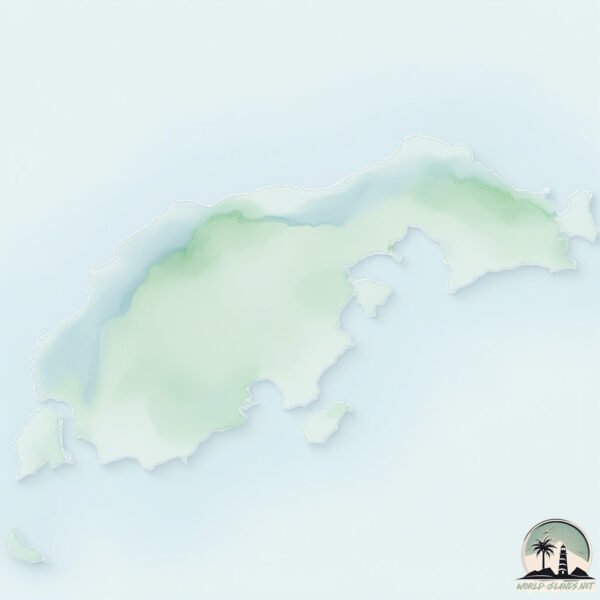Welcome to Mornington , a Tropical island in the Arafura Sea, part of the majestic Indian Ocean. This guide offers a comprehensive overview of what makes Mornington unique – from its geography and climate to its population, infrastructure, and beyond. Dive into the details:
Geography and size of Mornington
Size: 1018 km²Coastline: 302 kmOcean: Indian OceanSea: Arafura SeaContinent: Oceania
Mornington is a Very Large Island spanning 1018 km² with a coastline of 302 km.
Archipel: –
Tectonic Plate: Australia – A major tectonic plate covering Australia, New Zealand, and parts of the Indian and Pacific Oceans, known for its relative stability and occasional seismic activity.
The geographic heart of the island is pinpointed at these coordinates:
Climate and weather of Mornington
Climate Zone: TropicalClimate Details: Tropical Savanna, WetTemperature: Hot
Climate Characteristics: Defined by distinct wet and dry seasons with high temperatures year-round. Pronounced rainfall occurs during the wet season, while the dry season is marked by drought.
Topography and nature of Mornington
Timezone: UTC+10:00Timezone places: Australia/SydneyMax. Elevation: 39 m Mean Elevation: 11 mVegetation: Open WoodlandTree Coverage: 39%
The mean elevation is 11 m. The highest elevation on the island reaches approximately 39 meters above sea level. The island is characterized by Plains: Flat, low-lying lands characterized by a maximum elevation of up to 200 meters. On islands, plains are typically coastal lowlands or central flat areas.
Dominating Vegetation: Open Woodland
Vegetation: 11 vegetation zones – Exceptionally Diverse Island
Infrastructure and Travelling to Mornington
Does the island have a public airport? yes .
Does the island have a major port? no .
The mean population of Mornington is 1 per km². Mornington is Gently Populated. The island belongs to Australia .
The name of the island resonates across different cultures and languages. Here is how it is known around the world: Arabic: جزيرة مورنينغتون; German: Mornington Island; Spanish: Isla Mornington; French: île Mornington; Portuguese: Ilha Mornington; Russian: Морнингтон; Chinese: 莫宁顿岛
Continuing your journey, Sydney is the next notable island, situated merely km away.
Gununa, Mornington Island - This Place
Johnny Williams and Karen Chong are traditional owners from Gununa, Mornington Island. The community on the island respect ...
Gununa, Mornington Island - This Place
Johnny Williams and Karen Chong are traditional owners from Gununa, ...
Johnny Williams and Karen Chong are traditional owners from Gununa, Mornington Island. The community on the island respect ...
The impact of home-brewed alcohol on Mornington Island | SBS The Feed
Alcohol banned in the remote gulf community Mornington Island could ...
Alcohol banned in the remote gulf community Mornington Island could see a comeback after prohibition led to more violence, ...
Mornington Island - Live North West Queensland
A snapshot of community, culture, and opportunity in one of North West ...
A snapshot of community, culture, and opportunity in one of North West Queensland's most unique and remote locations. Through ...
Australia is classified as Developed region: nonG7: Developed economies outside of the Group of Seven, characterized by high income and advanced economic structures. The level of income is High income: OECD.
News – Latest Updates and Headlines from Mornington
Stay informed with the most recent news and important headlines from Mornington. Here’s a roundup of the latest developments.
Loading...
Social Media Posts about Mornington
Loading...
Please note: The data used here has been primarily extracted from satellite readings. Deviations from exact values may occur, particularly regarding the height of elevations and population density. Land area and coastline measurements refer to average values at mean high tide.

